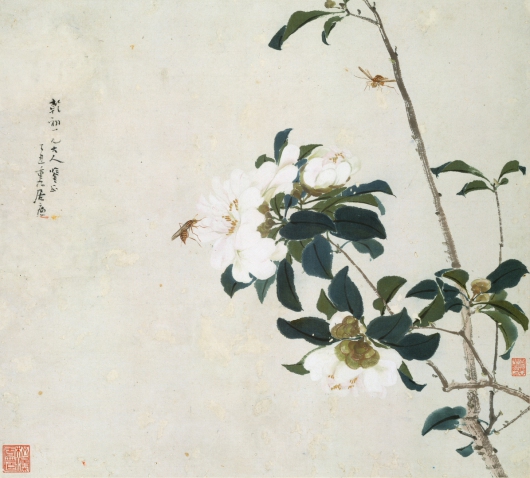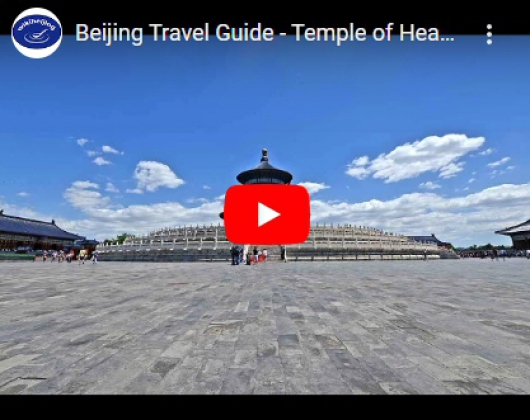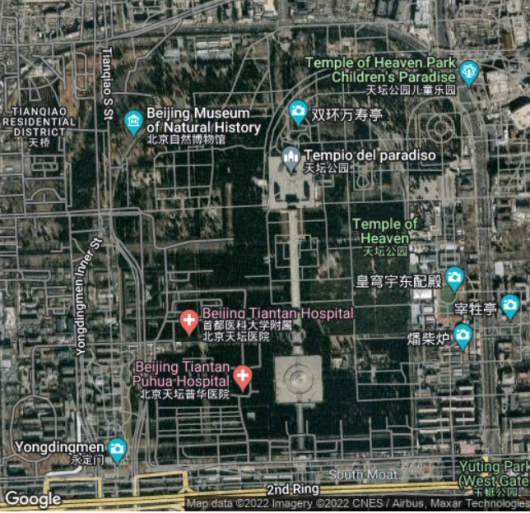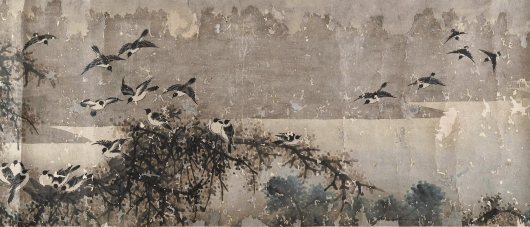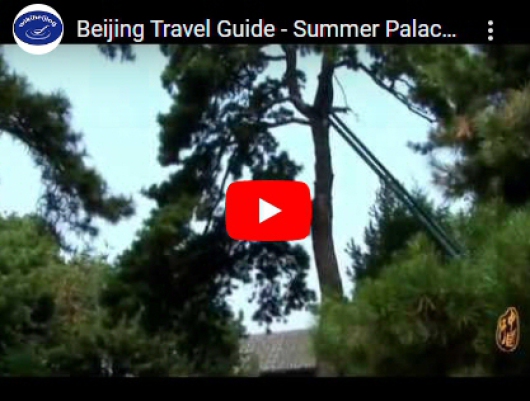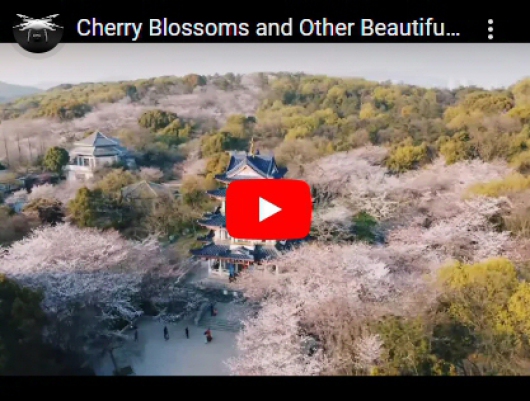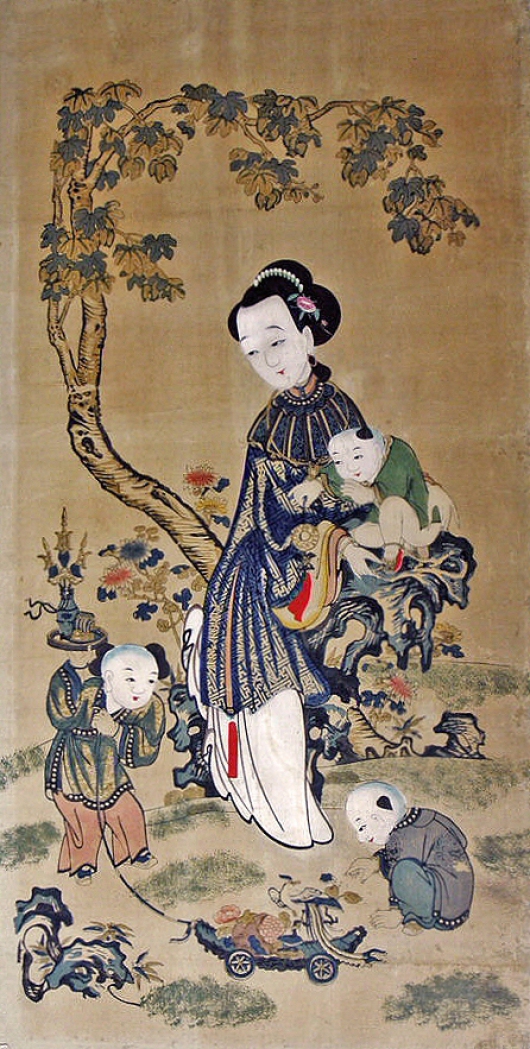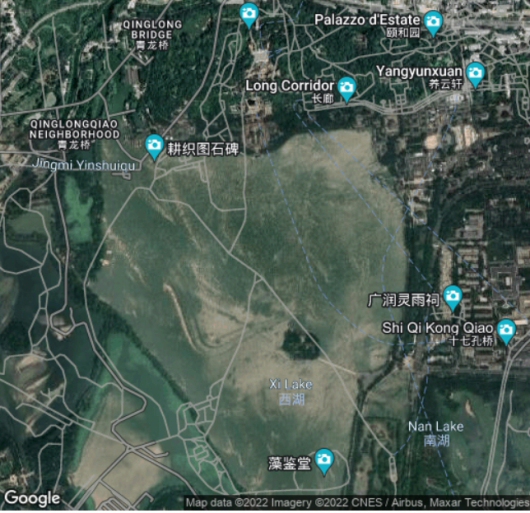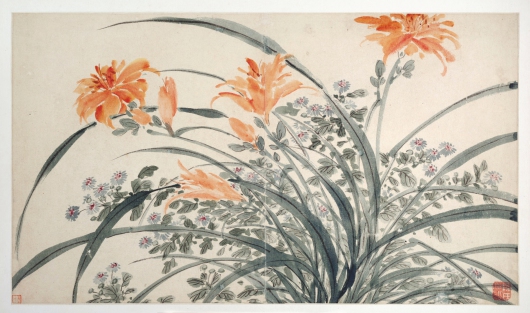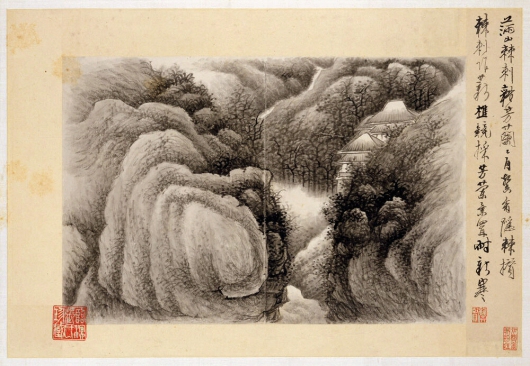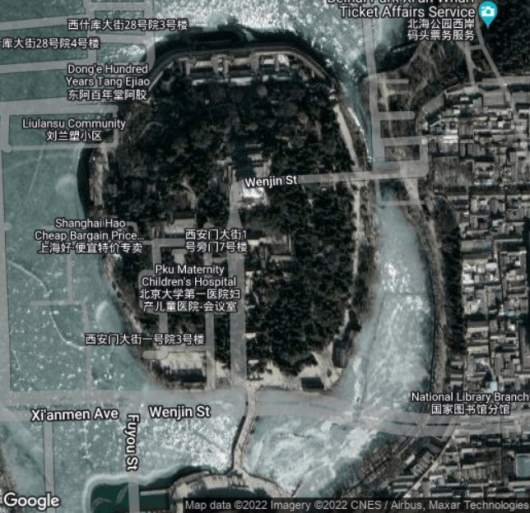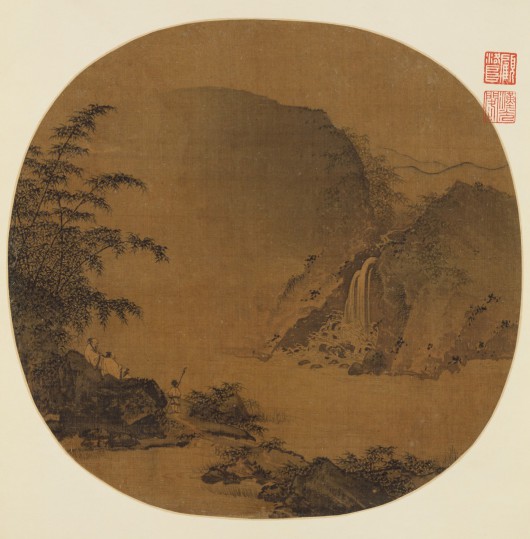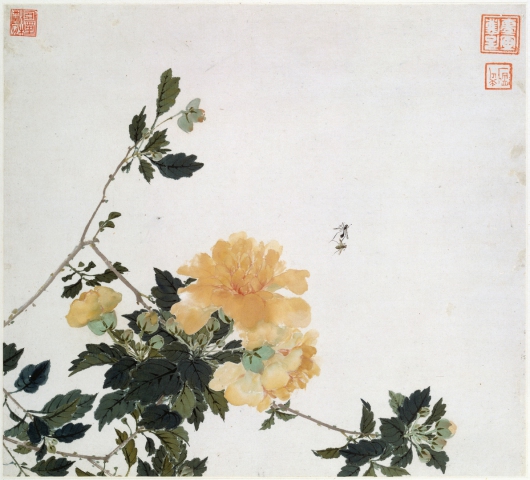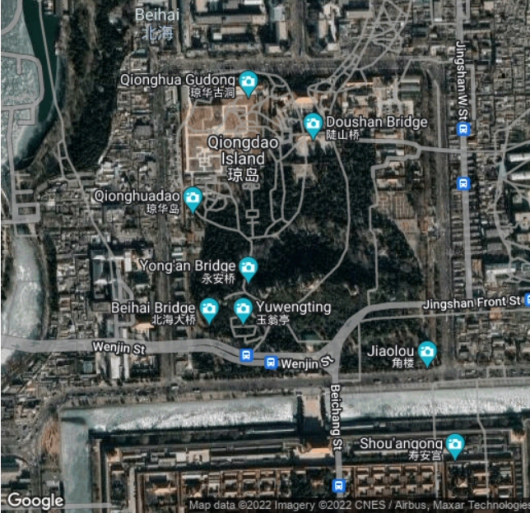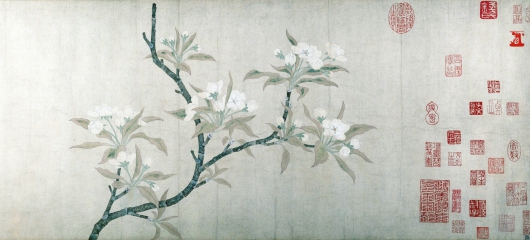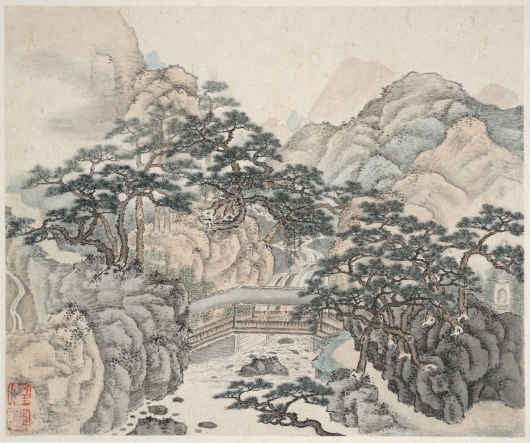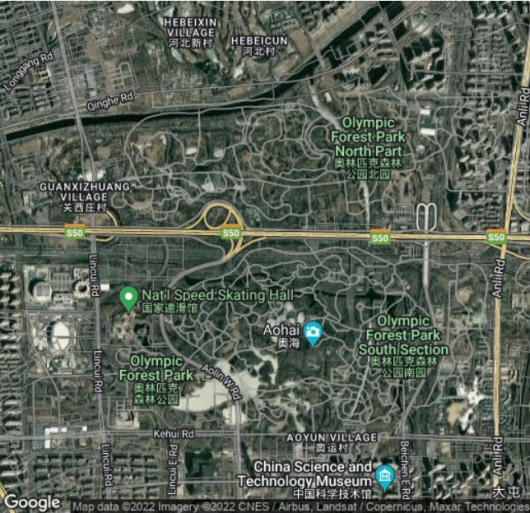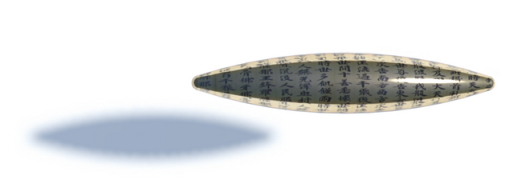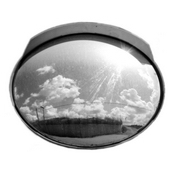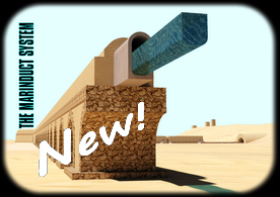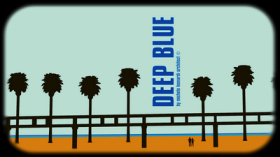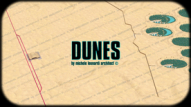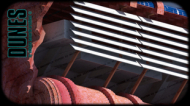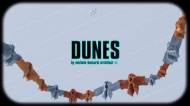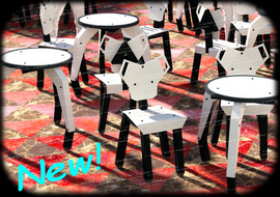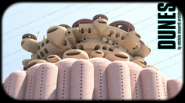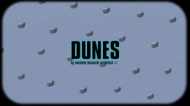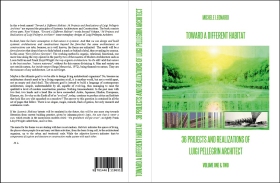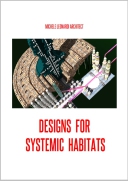Gardens 5
THE CHINESE GARDENS
Ju Lian (1828-1904): "Insects and Flowers", Album of eight leaves; ink and color on paper; Qing dynasty (1644–1911). Source: THE MET - The Metropolitan Museum of Art, New York, U.S.A. Website: www.metmuseum.org.
"Beijing Travel Guide - Temple of Heaven HD. English subtitles". Language: Chinese.
Summer Palace and
Old Summer Palace
in Beijing, China. More info on Wikipedia: 1750, Summer Palace (The Summer Palace), 1707, Yuanmingyuan Park (The Old Summer Palace).
Attributed to Zha Shibiao (1615–1698): "Landscape with White-Breasted Crows", Handscroll; ink and color on paper. Period: Ming (1368–1644) or Qing (1644–1911) dynasty. Source: THE MET - The Metropolitan Museum of Art, New York, U.S.A. Website: www.metmuseum.org.
"Beijing Travel Guide: The Summer Palace", Yiheyuan. Language: English.
Cherry Blossoms and Other Beautiful Flowers Usher in Spring in China,
Aerial China.
Qing dynasty (1644–1911), "Woman Playing with Three Children", polychrome woodblock print; ink and color on paper;; 19th century. Source: THE MET - The Metropolitan Museum of Art, New York, U.S.A. Website: www.metmuseum.org.
After Chen Chun (1483-1544): "Garden Flowers", Ming dynasty (1368–1644), dated, 1540. Source: THE MET - The Metropolitan Museum of Art, New York, U.S.A. Website: www.metmuseum.org .
Gong Xian (1619-1689): "Landscape with Poems", Album of sixteen paintings; ink on paper; Qing dynasty (1644–1911), year 1688. Source: THE MET - The Metropolitan Museum of Art, New York, U.S.A. Website: www.metmuseum.org.
Unidentified Artist: formerly Attributed to Li Tang (ca. 1070s–ca. 1150s): "Gentlemen gazing at a waterfall", Southern Song dynasty (1127–1279); fan mounted as an album leaf; ink and color on silk, 13th century. Source: THE MET: The Metropolitan Museum of Art, New York, U.S.A. Website: www.metmuseum.org.
Ju Lian (1828-1904): "Insects and Flowers", Album of eight leaves; ink and color on paper; Qing dynasty (1644–1911). Source: THE MET - The Metropolitan Museum of Art, New York, U.S.A. Website: www.metmuseum.org.
Olympic Forest Park
in Beijing, China; 2008; architect: Hu Jie.
More info on Wikipedia: Olympic Forest Park.
Unidentified Artist: "Pear Blossoms", Artist: after Qian Xuan (Chinese, ca. 1235–before 1307); Yuan dynasty (1271–1368), handscroll; ink and color on paper, ca. 1280. Source: THE MET - The Metropolitan Museum of Art, New York, U.S.A. Website: www.metmuseum.org.
Fan Qi (1616–after 1694): "Landscapes", Qing dynasty (1644–1911), Album of eight leaves, ink and color on paper; dated 1646. Source: THE MET - The Metropolitan Museum of Art, New York, U.S.A. Website: www.metmuseum.org.
BIBLIOGRAPHY
- Fang Xiaofeng: "The Great Gardens of China: History, Concepts, Techniques", The Monacelli Press, New York City, New York, U.S.A., 2010.
The garden—a place for refined pleasure and spiritual relaxation—has its roots in ancient China. Western travelers from Marco Polo onward marveled at the intricacy, the elaborate buildings, the subtle design, and the assured use of plants, water, and natural materials in Chinese landscapes. The Great Gardens of China shows, through stunning original photography and cogent text, both the visual splendors of China’s finest gardens and explains their ideas and techniques in accessible terms. Now every gardener, architect, or designer can understand China’s garden heritage and be inspired to use it to dramatic effect. Beginning with an introduction to Chinese beliefs and the historical development of garden design, this book discusses the basic aesthetics and landscaping elements—architecture, rock stacking, waterscapes, plants, borders, and scenic routes—used in Chinese garden design. The author, an expert in the history and theory of Chinese and international gardens, also describes specific gardens, from famed world cultural heritage sites like the Summer Palace in Beijing and the gardens of Suzhou—Lion Grove, Humble Administrator’s, Lingering, and Master-of-Nets Gardens—to the lesser known. The Great Gardens of China serves as a compendium—in text and illustration—of all facets of the Chinese garden.
- Maggie Keswick: "The Chinese Garden: History, Art and Architecture", Harvard University Press, Cambridge, Massachusetts, U.S.A., 2003.
Dense with winding paths, dominated by huge rock piles and buildings squeezed into small spaces, the characteristic Chinese garden is, for many foreigners, so unlike anything else as to be incomprehensible. Only on closer acquaintance does it offer up its mysteries; and such is the achievement of Maggie Keswick's celebrated classic that it affords us--adventurers, armchair travelers, and garden buffs alike--the intimate pleasures of the Chinese garden. In these richly illustrated pages, Chinese gardens unfold as cosmic diagrams, revealing a profound and ancient view of the world and of humanity's place in it. First sensuous impressions give way to more cerebral delights, and forms conjure unending, increasingly esoteric and mystical layers of meaning for the initiate. Keswick conducts us through the art and architecture, the principles and techniques of Chinese gardens, showing us their long history as the background for a civilization--the settings for China's great poets and painters, the scenes of ribald parties and peaceful contemplation, political intrigues and family festivals. Updated and expanded in this third edition, with an introduction by Alison Hardie, many new illustrations, and an updated list of gardens in China accessible to visitors, Keswick's engaging work remains unparalleled as an introduction to the Chinese garden.
- Frances Ya-Sing Tsu: "Landscape Design in Chinese Gardens", McGraw-Hill, Columbus, Ohio, U.S.A.,1987.
Shows examples of Chinese garden plans, compares them with Japanese and European style gardens, and discusses the use of rocks, pavements, bridges, doorways, and pavilions.

